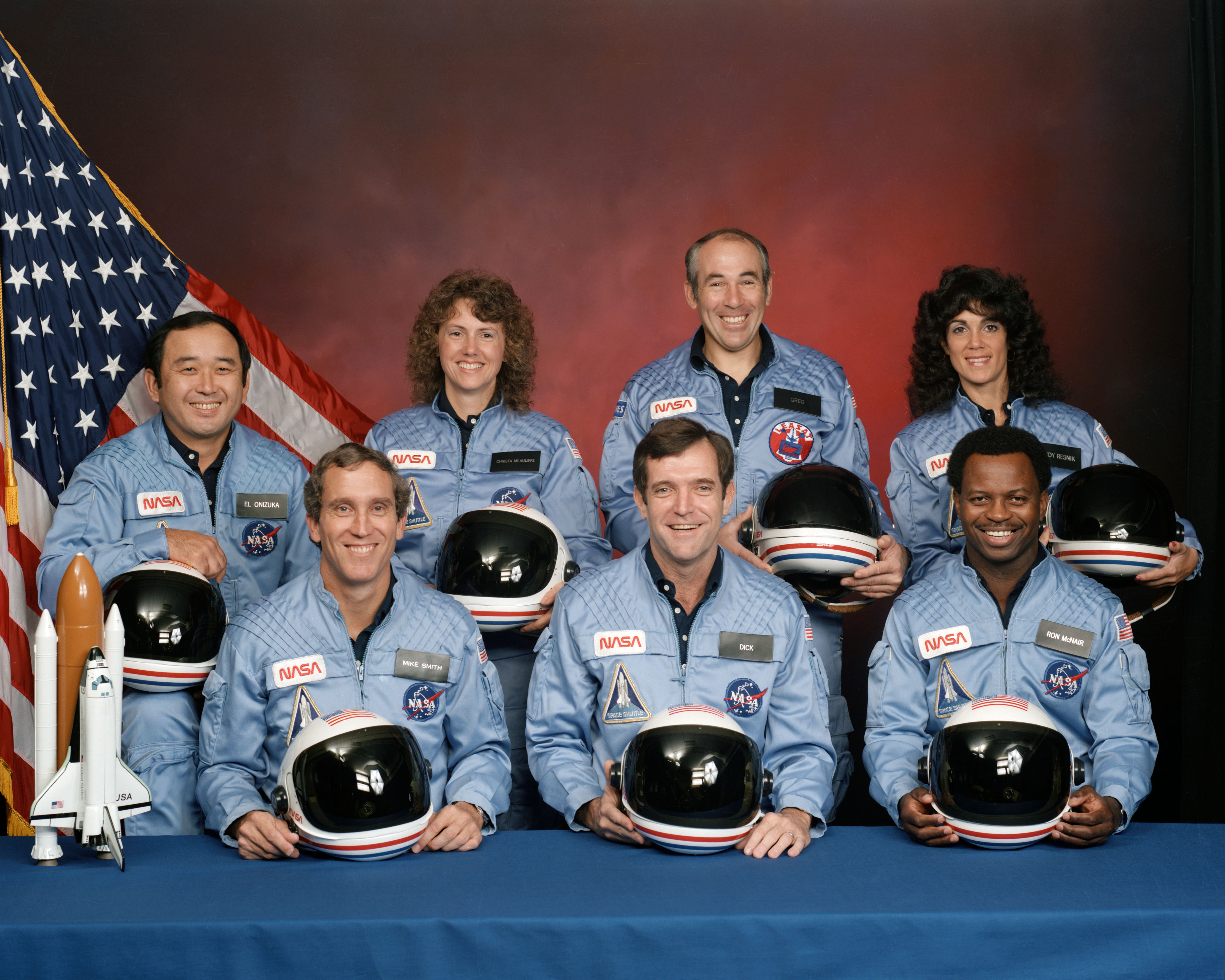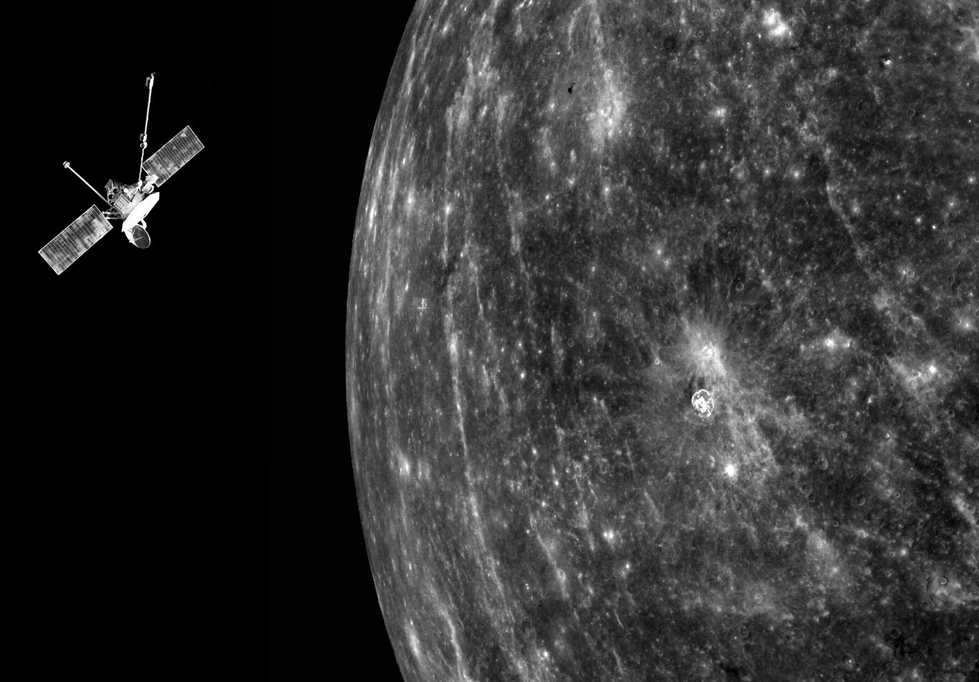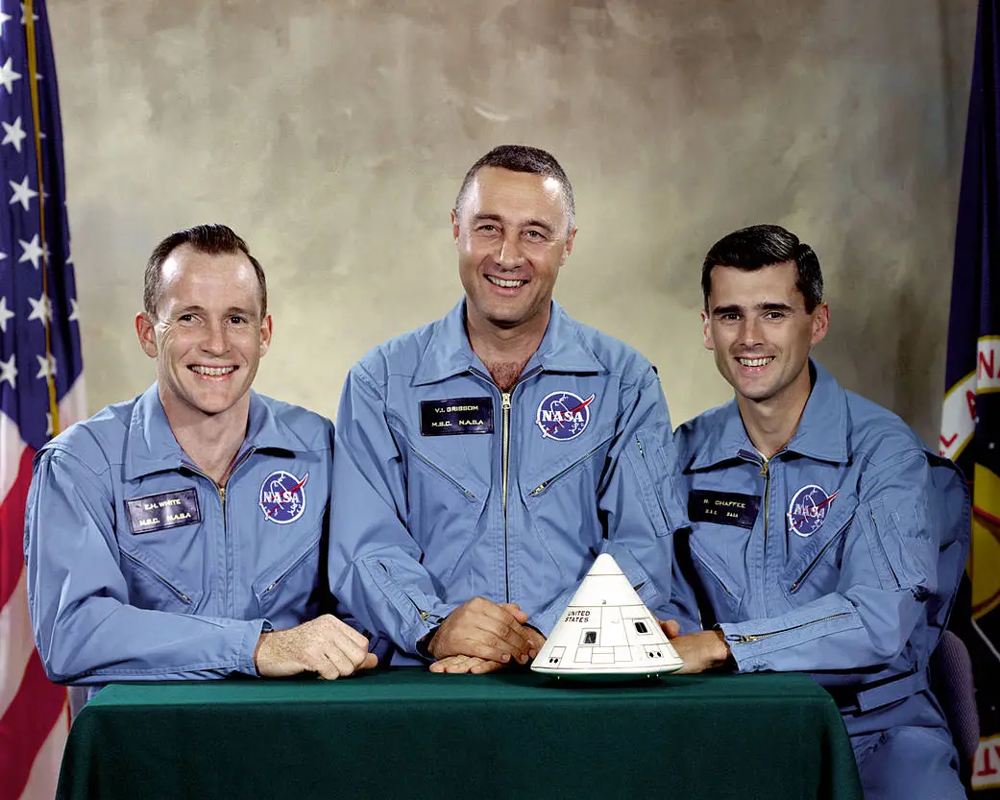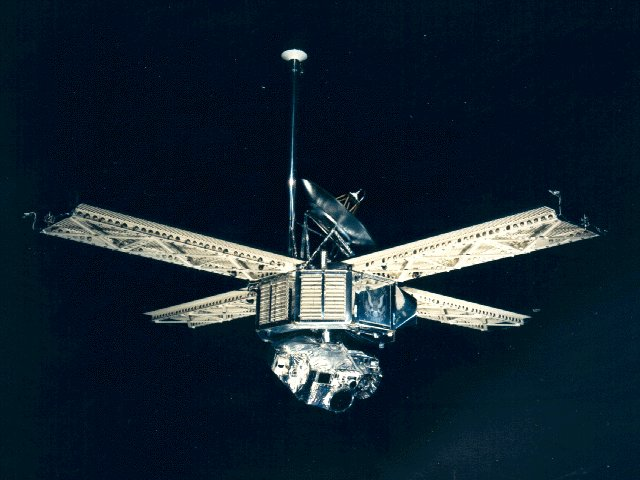· resources · 5 min read
Gunter's Space Page
Why this unassuming website has become the backbone of space research for enthusiasts and professionals alike

We’ve all been there—hunting for that elusive bit of satellite information, trying to figure out when a specific mission launched, or wondering what exactly flew on that mysterious payload from the ’80s. For me, and countless space enthusiasts and professionals, there’s been one consistently reliable source for nearly three decades: Gunter’s Space Page.
Behind this treasure trove of space data is Gunter Krebs, a physicist and programmer from Germany who’s been meticulously documenting the space industry since 1996. What started as a personal project has evolved into perhaps the most comprehensive open database of spaceflight information on the internet.
I first stumbled across Gunter’s site back in 2014 while trying to find a reliable calendar of upcoming launches. What initially struck me wasn’t flashy graphics or slick design—it was the sheer depth of information presented in an accessible way. That’s been the site’s hallmark for me ever since.
What Makes It Special
Unlike commercial space news sites or even official agency pages that often prioritize the latest missions, Gunter’s Space Page stands as a living archive of humanity’s journey beyond Earth. It’s not just about what launched yesterday—it’s about everything that’s ever reached orbit.
The site’s enduring appeal comes from its no-frills approach to delivering: facts, figures, and context without unnecessary fluff. You won’t find auto-playing videos or subscription pop-ups here—just clean, organized data that loads quickly even on spotty connections (something I’ve personally appreciated when using the painfully slow internet at work).
The Satellite Encyclopedia You Didn’t Know You Needed
At the heart of Gunter’s Space Page is its satellite directory, covering over 10,000 payloads. Each entry is a mini-biography of a spacecraft:
- The basics: Name, launch date, launch vehicle
- The technical: Mass, dimensions, power systems, designers
- The mission: Purpose, instrumentation, operators
- The results: Success or failure, operational lifetime, and often links to deeper resources
The brilliance of this database isn’t just its comprehensiveness—it’s how Krebs has organized it. Want to see every satellite launched by Japan? Every Earth observation platform? Every spacecraft that flew in 1972? All just a few clicks away.
I wonder how many doctoral theses and research papers have quietly relied on this resource. Certainly, I’ve used it both on KeepTrack and at work. I also know a lot of other people in space industry who rely on it for answering the two common question “what does this satellite do?” and “when was the last time this type of rocket launched?”
Rockets and Launch Vehicles
Perhaps equally impressive is the launch vehicle directory. With details on over 500 rockets and missiles, it covers everything from the venerable Soyuz to one-off experimental vehicles that never made it past their first flight.
For each launcher, you’ll find:
- Specifications like stages, engines, and thrust
- Payload capacity to various orbits
- Complete launch history, including successes and failures
- Detailed diagrams showing variant configurations
This section has saved me countless hours when trying to understand the capabilities of different launch systems for comparison articles. The ability to quickly reference payload capacity differences between rocket variants or track the evolution of a launch family over time is invaluable.
Space History Timeline
The space launch chronology section is where Gunter’s obsession with completeness really shines. It documents every orbital launch attempt since Sputnik in 1957. Each entry includes:
- Exact launch time and location
- Complete manifest of payloads
- Orbital parameters achieved (or the point of failure)
- Links to related missions and follow-ups
This isn’t just data—it’s the comprehensive story of humanity’s venture into space, meticulously documented mission by mission and more than just a table of raw text.
Refreshingly Straightforward
In an era of websites competing for attention with increasingly complex designs, Gunter’s Space Page is refreshingly straightforward. The site employs a clean, logical structure that prioritizes information delivery over visual flair.
Navigation is intuitive—you won’t need to hunt for what you’re looking for. Each section follows consistent formatting, making it easy to scan for specific details once you’re familiar with the layout.
Perhaps most notably, the site operates without advertisements. In a world where most free resources bombard users with ads, this ad-free environment allows for distraction-free research. Krebs does accept donations to support the site’s maintenance, but there’s no aggressive monetization strategy—just a passion project shared with the world. That is something I related to deeply.
Industry Recognition
What began as one space enthusiast’s personal project has become a respected resource throughout the industry. I’ve sat in meetings with aerospace engineers who casually reference “checking Gunter’s” to verify mission details. The site is frequently cited in academic papers, books, and even official documentation.
This recognition hasn’t come through marketing or promotion—it’s been earned through decades of accuracy, comprehensiveness, and reliability. In the space community, that kind of consistency builds a reputation that flashier sites can only dream of achieving.
Why It Matters
In the last 30 years we’ve seen AOL come and go, countless social media platforms come and go, and 37 version of the Samsung Galaxy (I have no idea how many there actually are). But Gunter’s Space Page has remained constant that whole time, quietly documenting humanity’s expansion into the cosmos.
Its importance goes beyond convenience for researchers. The site preserves knowledge about obscure missions and lesser-known spacecraft that might otherwise fade from collective memory. It democratizes space knowledge, making detailed technical information accessible to students, hobbyists, and professionals alike.
In many ways, Gunter’s Space Page embodies the ideal of the early internet—a passion project created to share knowledge freely with the world. While much of the web has been commercialized and optimized for engagement metrics, this corner of the internet remains dedicated purely to information sharing.
So the next time you’re curious about a satellite you spotted in the night sky, wondering about the history of a particular launch vehicle, or researching the chronology of a space program, remember that there’s a dedicated physicist in Germany who’s probably already compiled exactly what you’re looking for—and made it available to the world with no strings attached.
That’s something worth celebrating—and supporting if you can.

Theodore Kruczek





